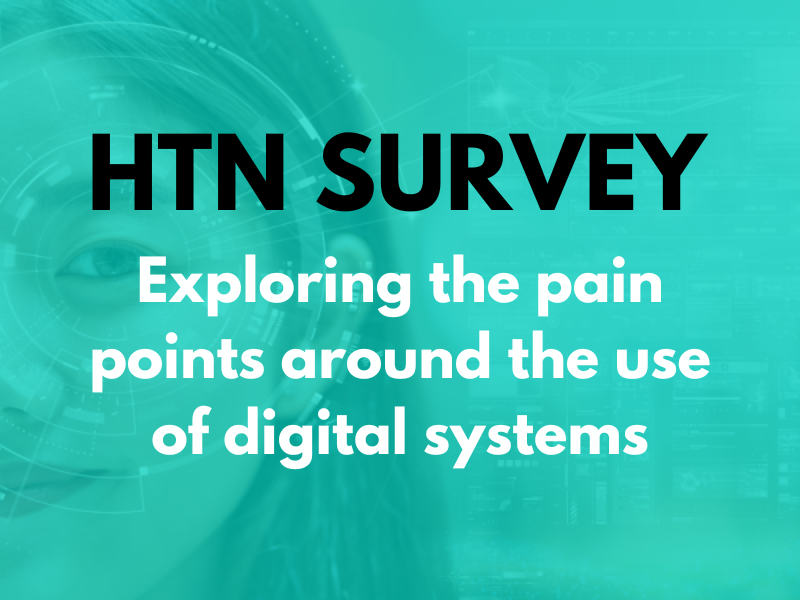The plan for reforming NHS elective care has been unveiled, with a foreword from Wes Streeting focusing on taking “the best of the NHS to the rest of the NHS”, rolling out “technological transformation to speed up processes”, and “busting bureaucracy”. Streeting underscores the key aim of returning to the constitutional standard of 92 percent of patients waiting “no longer than 18 weeks from referral to treatment” by March 2029.
Amanda Pritchard, NHS chief executive, also pointed to the continued rollout of technologies including EPRs, the NHS app, and the Federated Data Platform (FDP) in demonstrating “significant promise in improving productivity and patient experience – both in their own right and as the vital underpinnings for other applications such as artificial intelligence and imaging networks”.
The plan sets out a vision of future NHS care which is “increasingly personalised and digital”, focusing on improved experience, convenience, choice, and control. “Different models of care will be more widely and consistently adopted,” it states, with the “more widespread” use of AI and other technologies helping to support productivity across the health sector.
NHSE, ICBs and NHS elective care providers
In its summary of commitments, the plan outlines that every trust “will need to deliver a minimum 5 percentage point improvement by March 2026”, followed by “sufficient increases annually” in order to reach the 92 percent target in 2029. As part of this, ICBs will be expected to take actions on empowering patients to “ensure patients and their carers are aware of the new experience expectations for elective care and their right to choose their care” by September of 2025; and set “a clear local vision” for tackling health inequalities and reducing disparities by March 2025.
Still on the topic of empowering patients, NHSE also commits to working to publish minimum standards for elective care by September, to promote a patient right to choose “when and where they receive care”, to publish data to “help improve the uptake of national health inequalities initiatives, throughout 2025/26”, and to expand the NHS app and the Manage Your Referral website to improve information and appointment management functions. Elective care providers will also take actions including training those in patient-facing roles on the e-referral service, with 85 percent of acute trusts expected to enable patients to view appointment information via the NHS app by the end of March 2025.
Under reforming the delivery of elective care, NHSE commits to offering “quicker access for patients to common surgical procedures” by launching 17 new and expanded surgical hubs by June 2025, delivering “significantly improved elective pathways” through the extension of CDC opening hours and an expanded range of tests by March 2026. Also noted is a boost to bone scanning capacity through an investment in up to 13 DEXA scanners to “support improvements in early diagnosis and bone health”, and a refreshed relationship with the independent sector from a newly published Partnership Agreement to set out how a joint approach can tackle waiting lists.
ICBs and elective care providers will be expected to implement new standards for CDCs, with providers set to ensure a “range of options” are available to patients to have “more responsive and accessible follow-up care, including standardising remote consultations, remote monitoring and digital support for patient initiated follow-up (PIFU) across all major specialties”.
For “care in the right place”, the plan highlights NHSE’s commitments including ensuring primary and secondary care are funded to deliver Advice and Guidance (A&G) with support systems to optimise the use of A&G by “providing access to a range of metrics, dashboards and toolkits”. Here the plan notes: “in an expansion of the current approach, GPs will receive £20 per A&G request, to recognise the importance of their role in ensuring patient care takes place in the most appropriate setting.” Also noted is to “work with primary and community care clinicians to expand functionality within NHS e-RS and the NHS app to support delivery of expectations on referral optimisation and patient choice”.
Commitments for ICBs include expanding remote monitoring “across all long-term conditions where clinically appropriate” aiming to “remove up to 500,000 lower value follow-up appointments per year from 2026/27 onwards”; implementing the recovery plan for primary care; standardising pathway referral criteria; reducing variation in discharge processes and expanding opportunities for self-management.
The plan notes for NHS elective care providers to “significantly increase” the uptake of PIFU to at least 5 percent of all outpatient appointments, “including through the enhanced identification of suitable patients using AI and automation” by March 2029, and to “implement a consistent model of ‘collective care’ approaches, including group appointments and one-stop clinics”.
The NHS app, the FDP, electronic referrals, PEPs and AI
Along with these commitments, the plan focuses on using digital and data to improve productivity, outlining that delivering the 18-week elective standard “can only be achieved by improving how we use digital technologies and data”. In line with this, it states that “national development and support” will be focused on 3 digital initiatives: the NHS app, the Federated Data Platform, and the electronic referral service (e-RS)”.
For the NHS app, the plan sets out aims for it to become “the single, comprehensive and trusted digital front door to care for patients”, with an aim to ensure all acute and specialist acute trusts make at least 70 percent of all elective care appointments available for people to view and manage through the app. The plan adds the focus for “digitising appointment letters by making more types of content about patients’ treatment available on the NHS App – such as discharge letters – by December 2025.”
Expanding the use of the Federated Data Platform also offers “an opportunity to consolidate multiple frontline operational systems into a single view,” according to the plan, “facilitating more effective and efficient clinical and operational decisions”. Solutions for elective care specifically include patient tracking, smart scheduling for diagnostics, and discharge management to support flow, it continues, also helping to “reduce the administrative burden on staff, increase coordination between trusts, and reduce waiting times for patients”.
When it comes to e-RS, the plan shares a commitment to ongoing development across 2025/26, with further investment and continuous improvement supporting “effective joint clinical decision making, improving the quality of information shared between primary and secondary care through standardised referral guidelines”. Improvements to e-RS functionality, according to the plan, will focus on accepting and rejecting referrals; standardising referral information; developing “the ability to only categorise services as triage where appropriate”; and increasing digital integration of e-RS with hospital systems by adopting e-RS APIs.
For patient engagement portals, the plan notes the need to support NHS trusts that are adopting digital patient engagement portals, with NHSE to continue to provide support through the GIRFT programme, providing “targeted on-the-ground improvement resources and tailored support packages to trusts struggling to fully embed the features of PEPs”.
And for AI, the plan highlights “pockets of digital innovation across the NHS” such as in predicting and preventing missed appointments by identifying those most at-risk of non-attendance, reducing workforce pressures by “streamlining administrative tasks and enabling dynamic appointment scheduling”, and more. In 2025/26, it shares, “we will work to see these approaches adopted on a much wider scale”.
To read the plan for reforming elective care in full, please click here.
Wider trend on reform: The future of the NHS
Earlier today, we covered the Prime Minister’s Office’s take on the Elective Reform Plan, which shared details including additional funding for trusts who “make the fastest improvements in cutting waiting times”, which “could include investment in cutting edge AI diagnostic equipment or hospital ward maintenance”. The update also noted how these reforms are “fundamental and necessary” in addressing the challenges facing the NHS outlined in Lord Darzi’s report.
HTN covered the publication of Lord Darzi’s report back in September, focusing specifically on its implications for the use of tech and data within the health sector, and Darzi’s observations that the NHS “continues to struggle to fully realise the benefits of information technology” and “always seems to add to the workload of clinicians rather than releasing more time to care”. Over the past 15 years, whilst other sectors have been “radically reshaped” by digital technologies, Lord Darzi stated that the NHS is “in the foothills of digital transformation” and highlighted the last decade in particular as a missed opportunity to prepare the NHS for the future by embracing technology and its ability to support a pivot from a “diagnose and treat” model to one focused on prediction and prevention.
In a speech at the Labour Party Conference 2024, Wes Streeting called for a tech- and data-driven reform of the NHS, citing “grim” results from the Darzi report and “a decade of underinvestment”, pledging to tackle long waiting lists and create “a digital healthcare service powered by cutting-edge technology”. Advances in data and genomics, Streeting said, will lead to healthcare which is more predictive, more preventative, and “more personalised than ever before”, enabled by a universal health service that is “able to share data, partner with innovators, and adopt new technologies at scale”.
And a November HTN Now panel discussion built on this, with expert panellists unpicking the main findings and takeaways from the report and exploring ways of bringing its recommendations to life.





